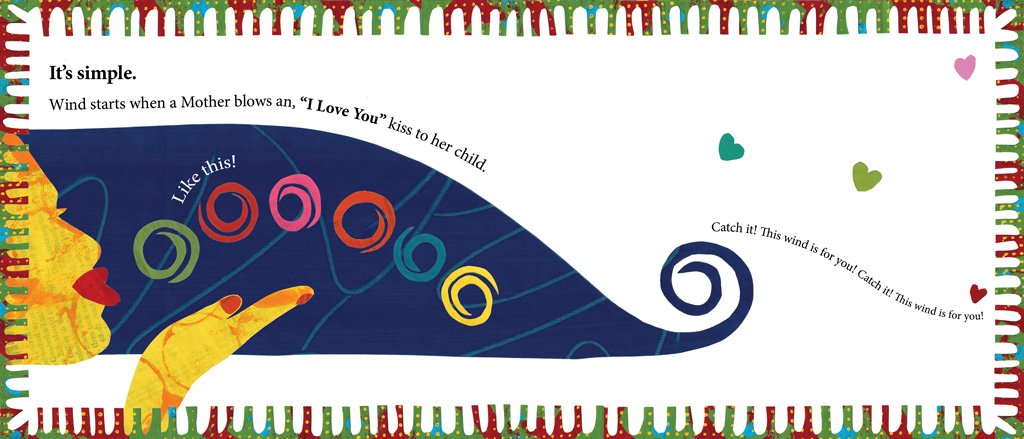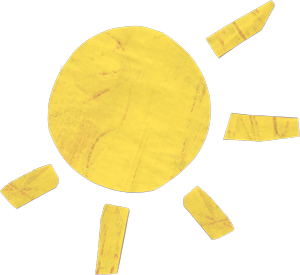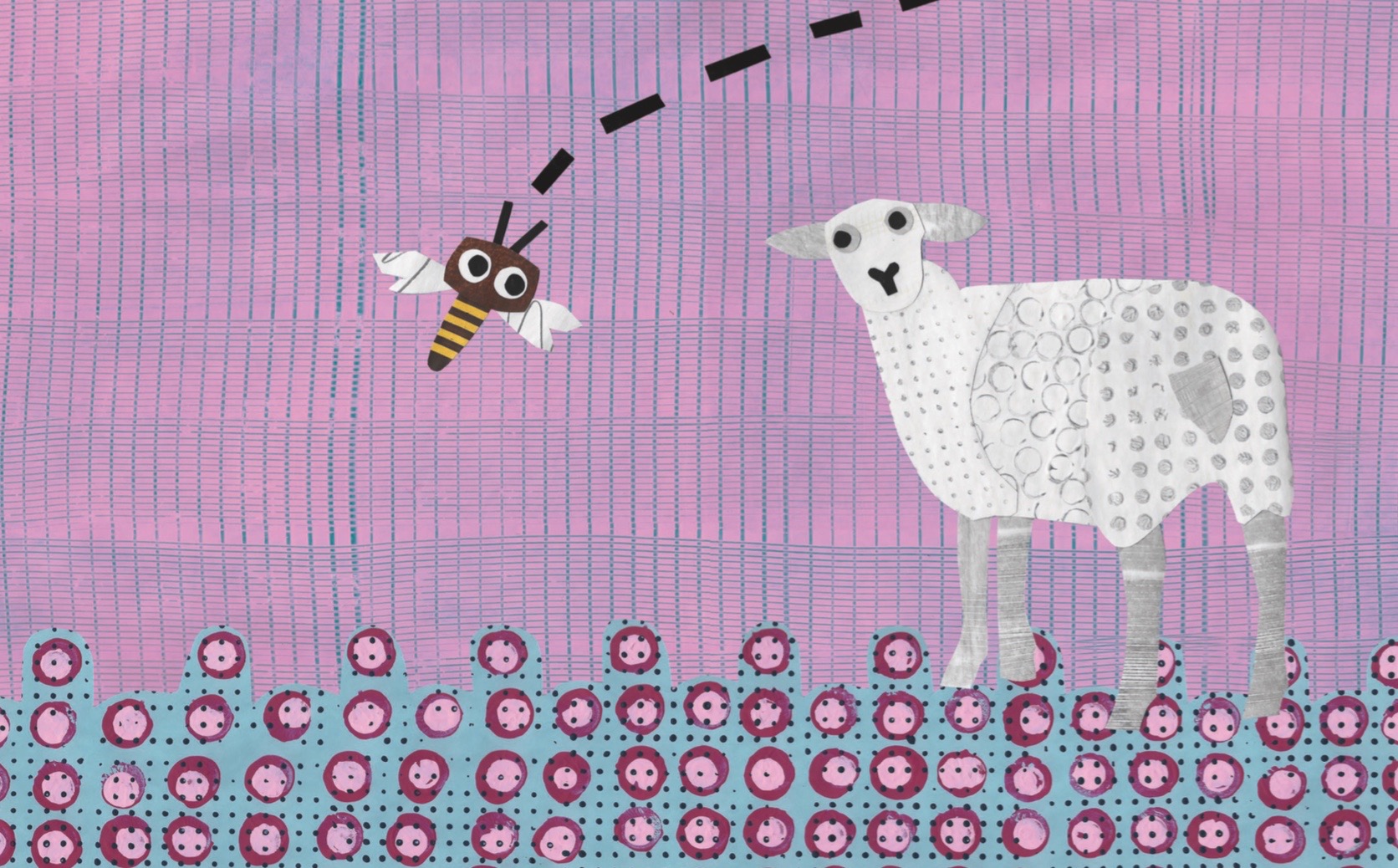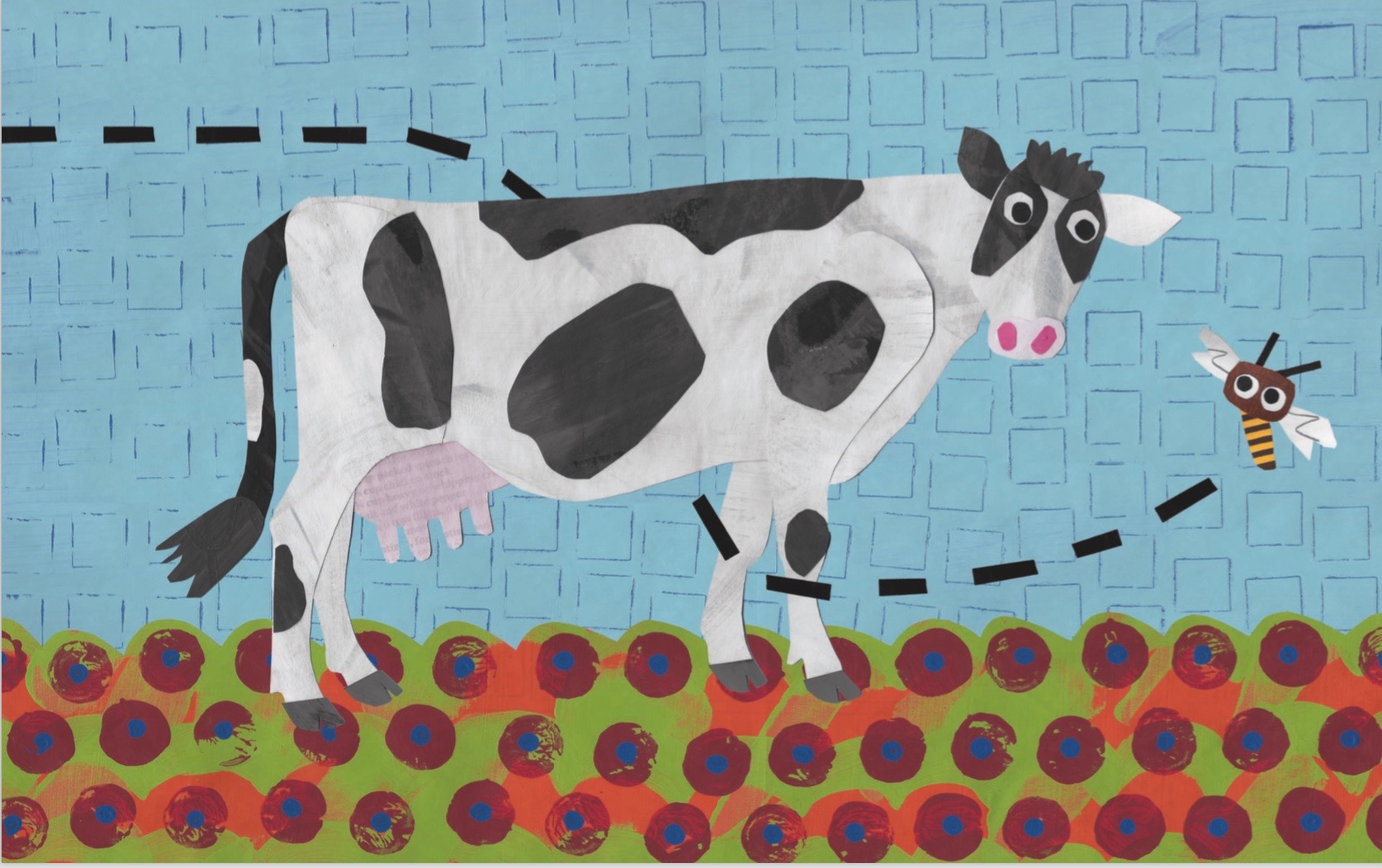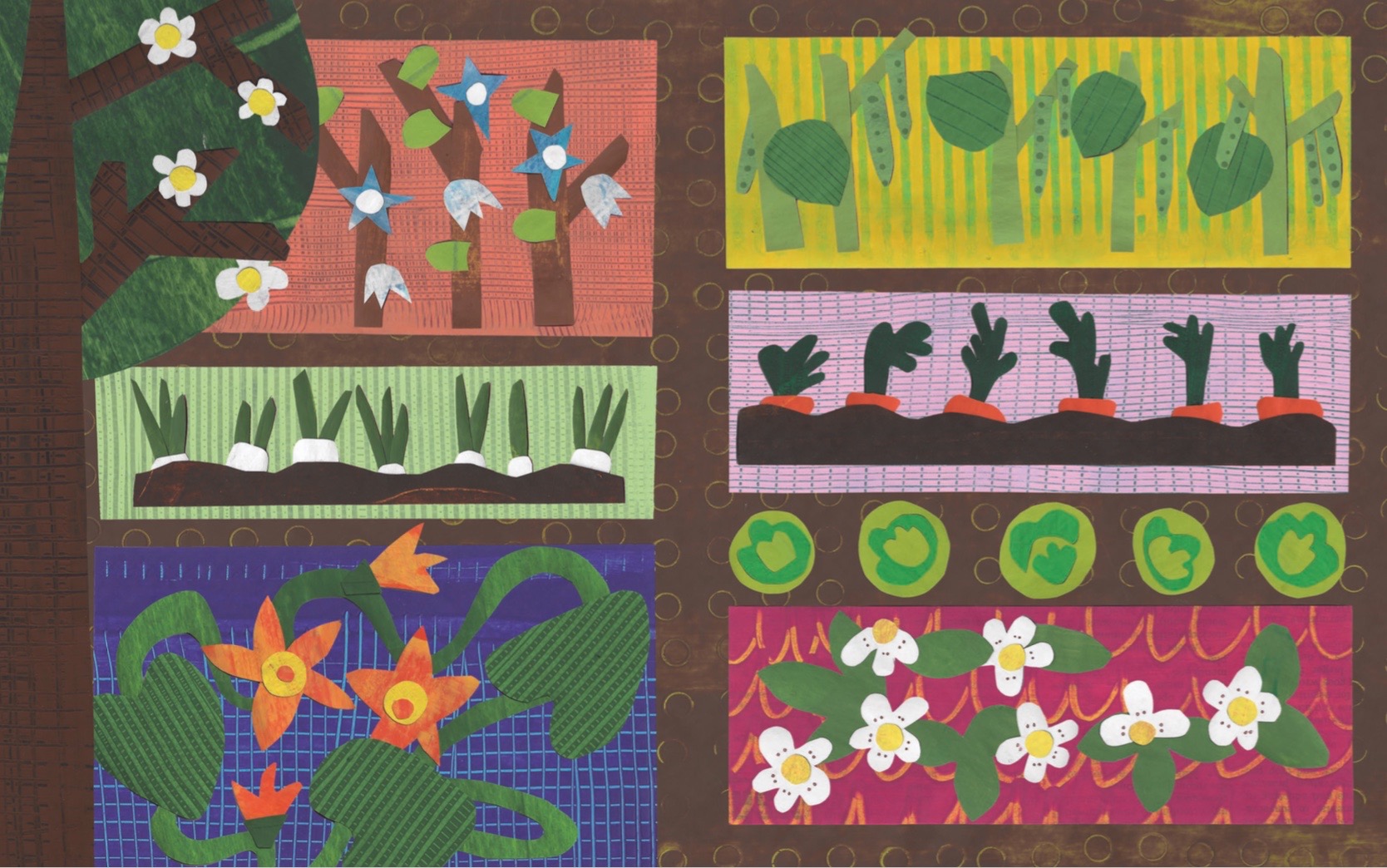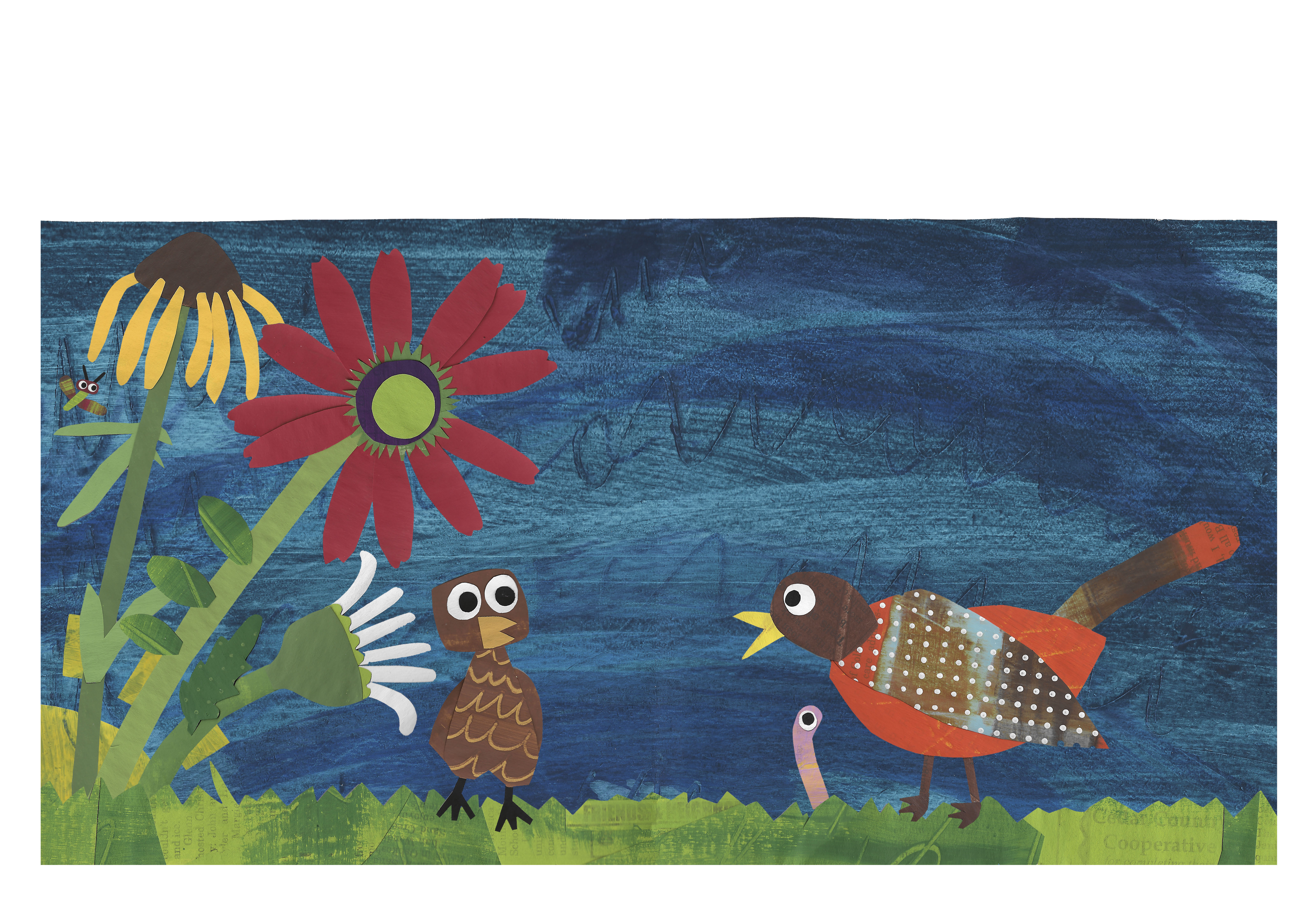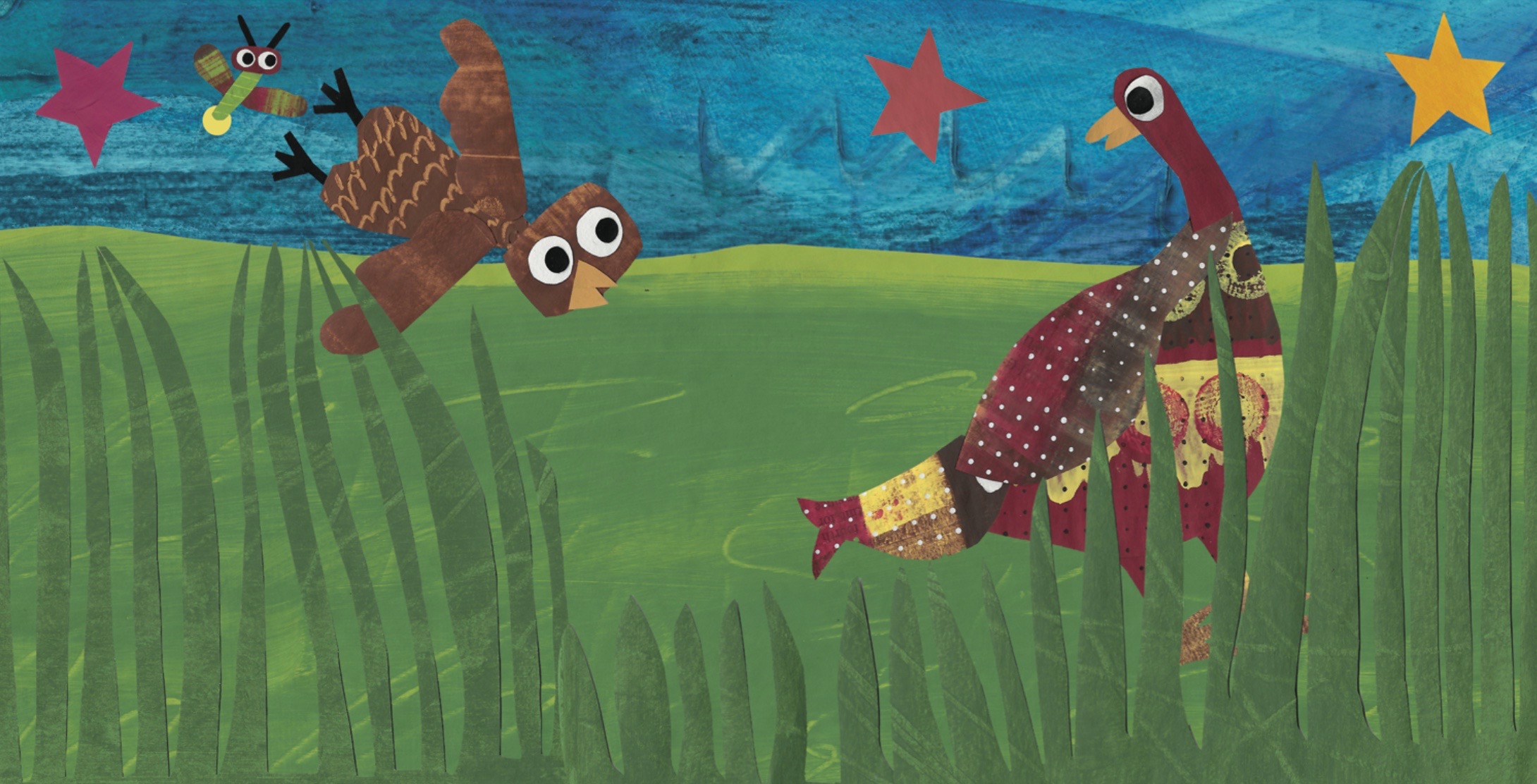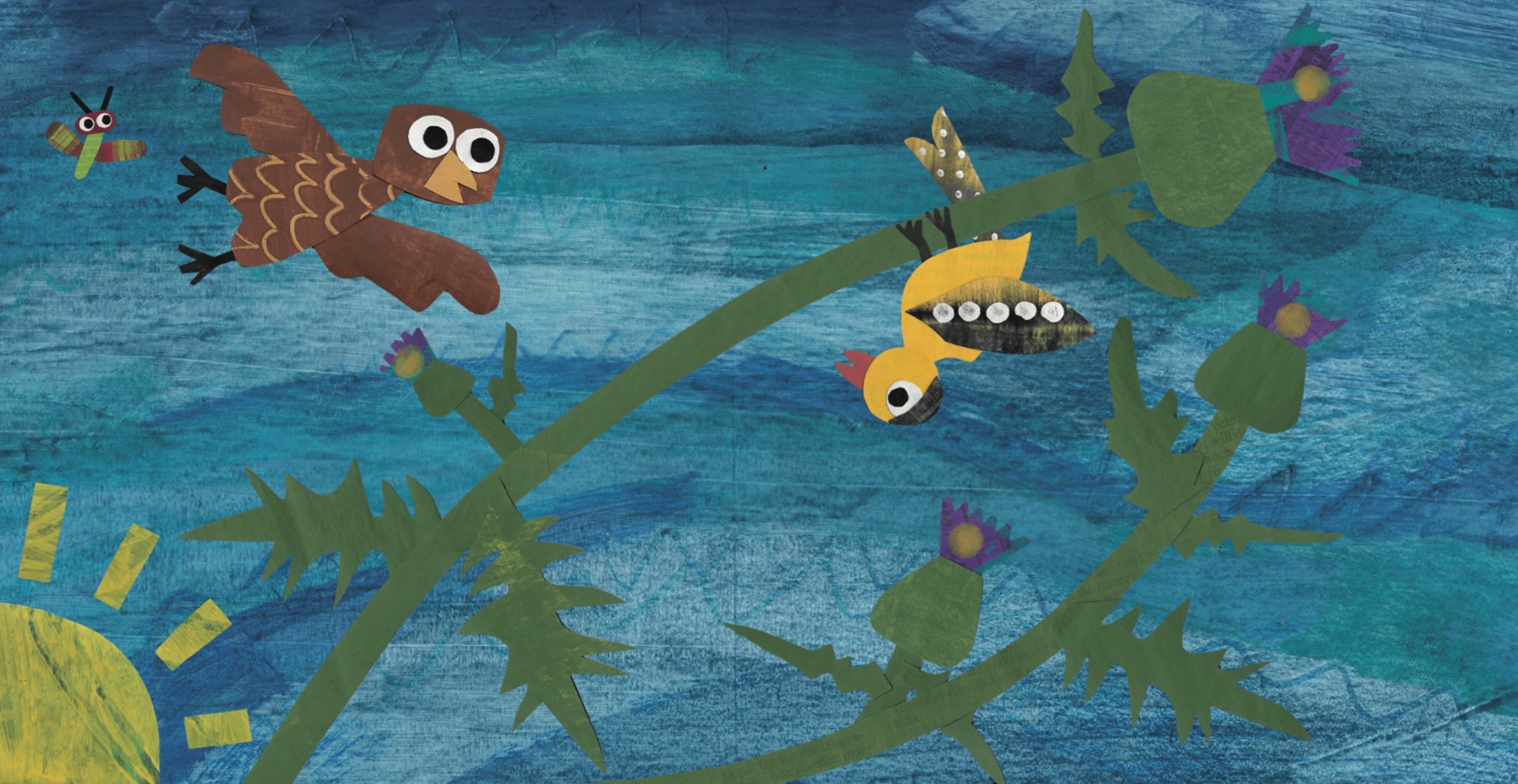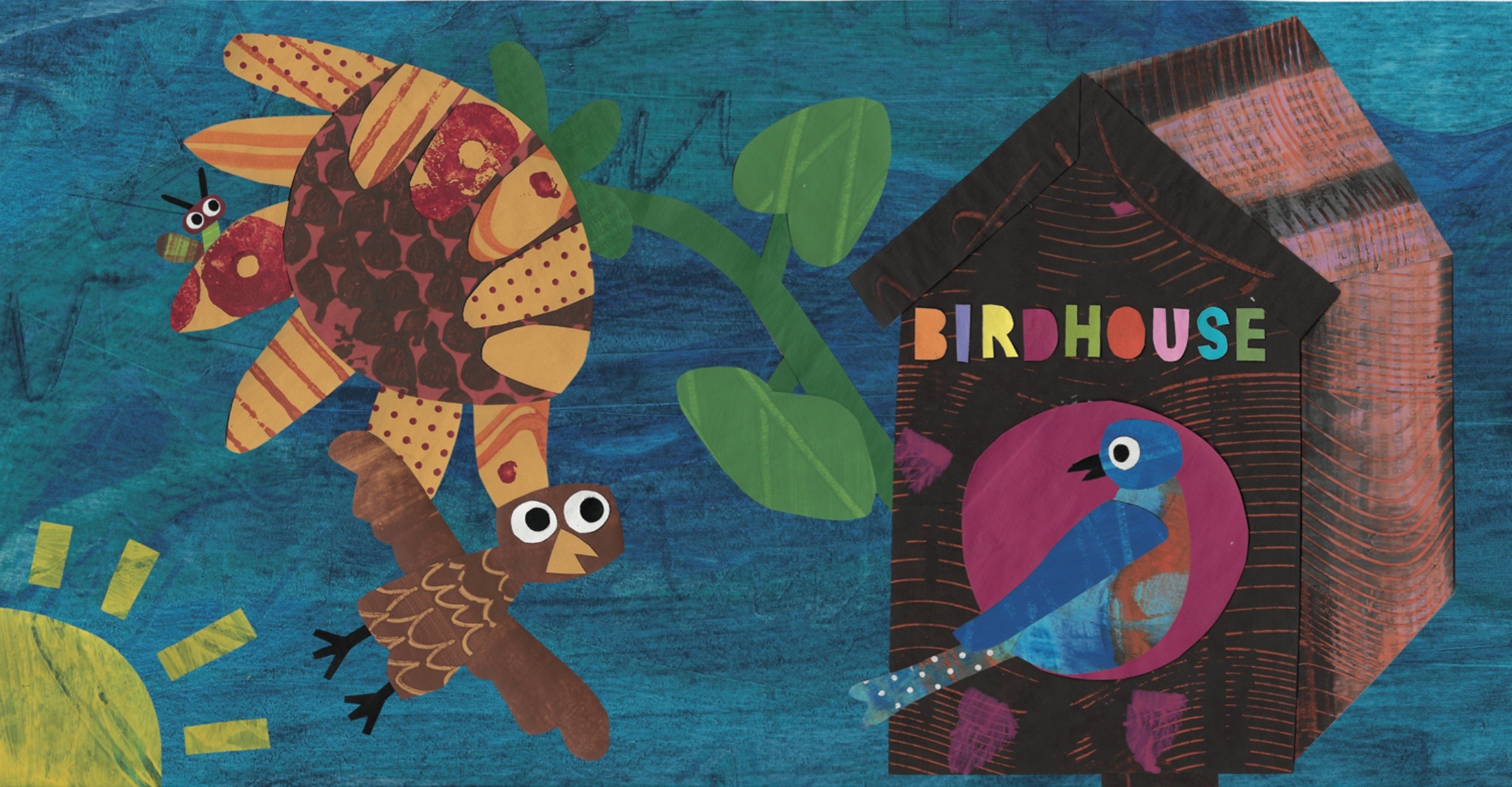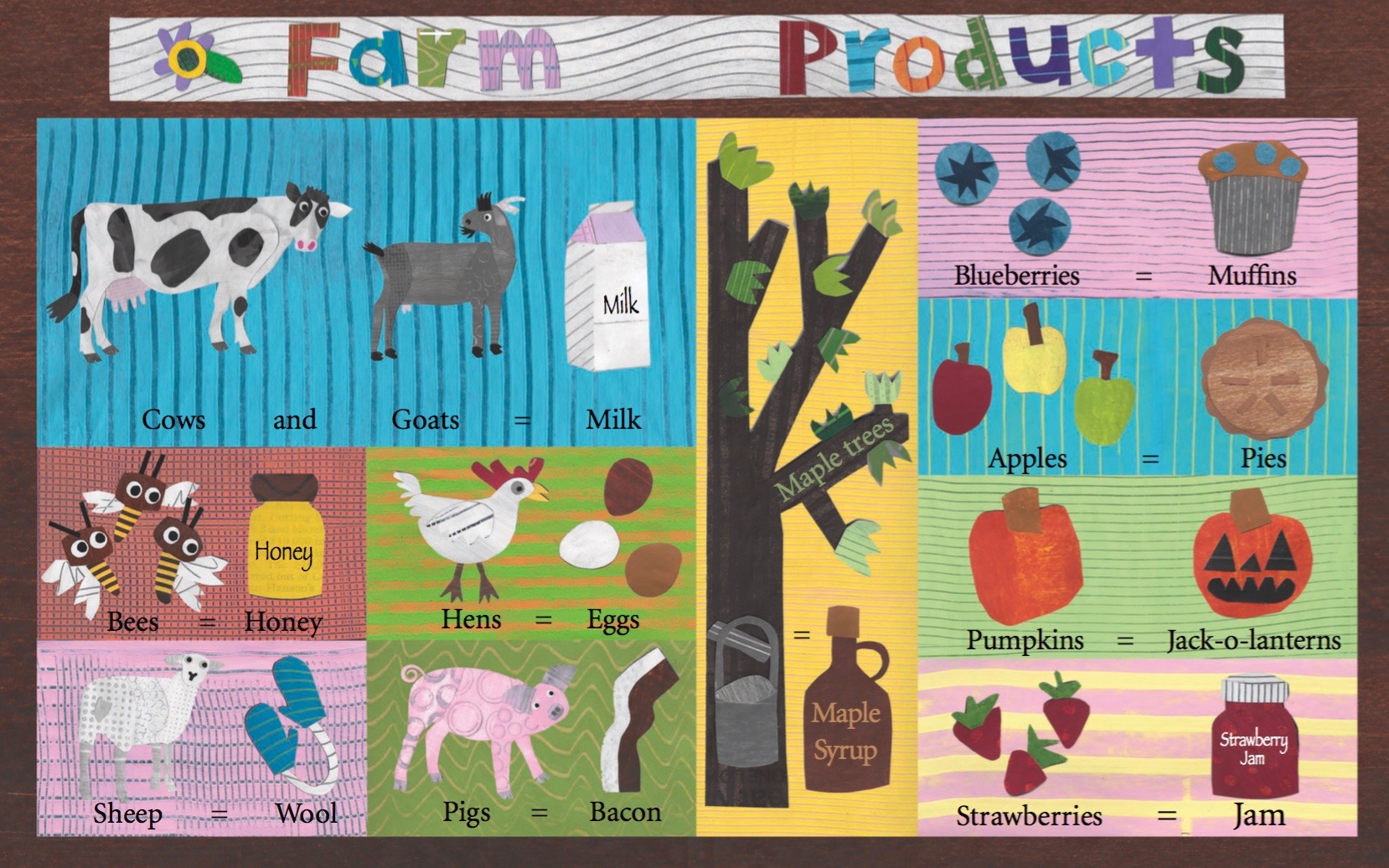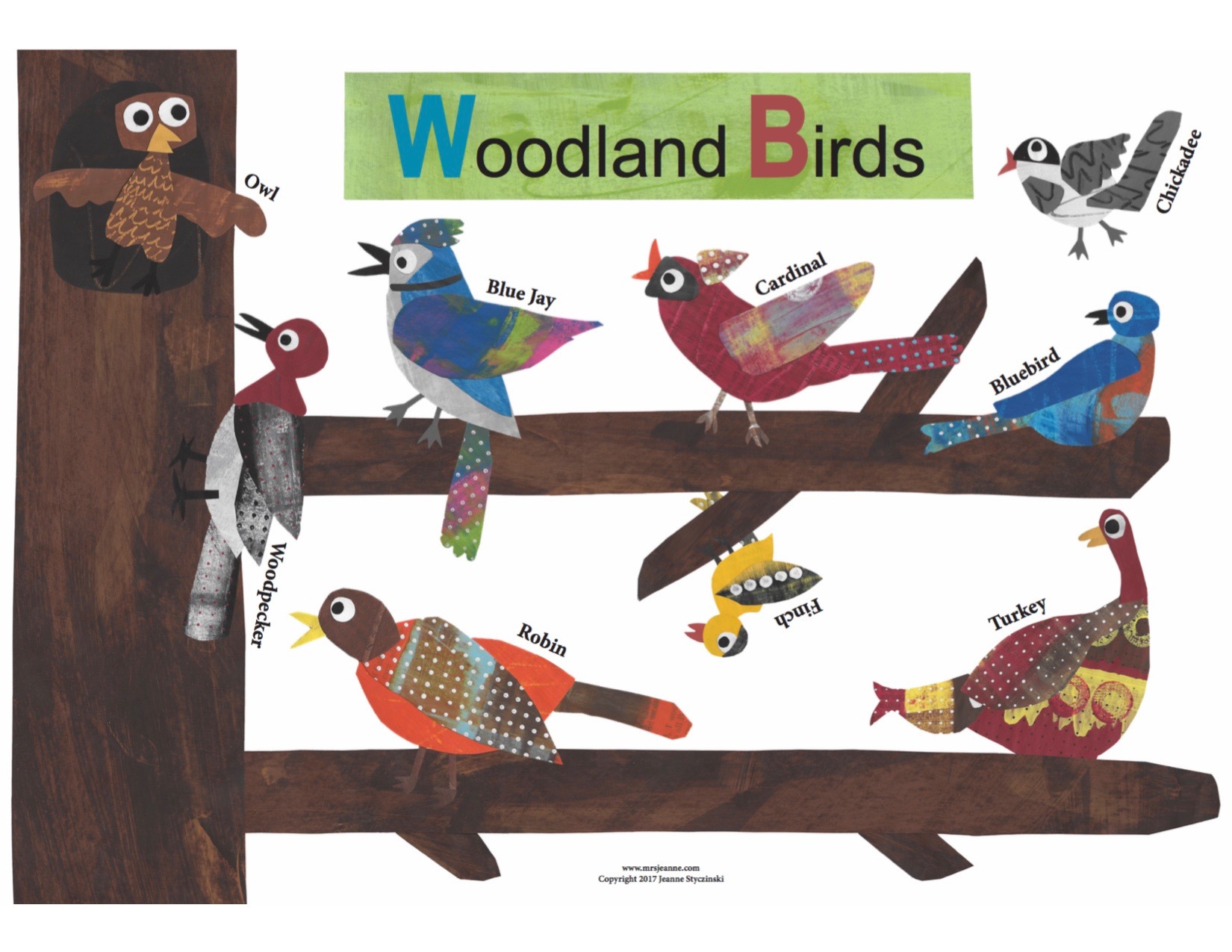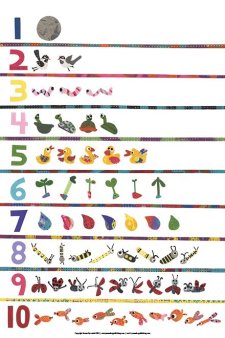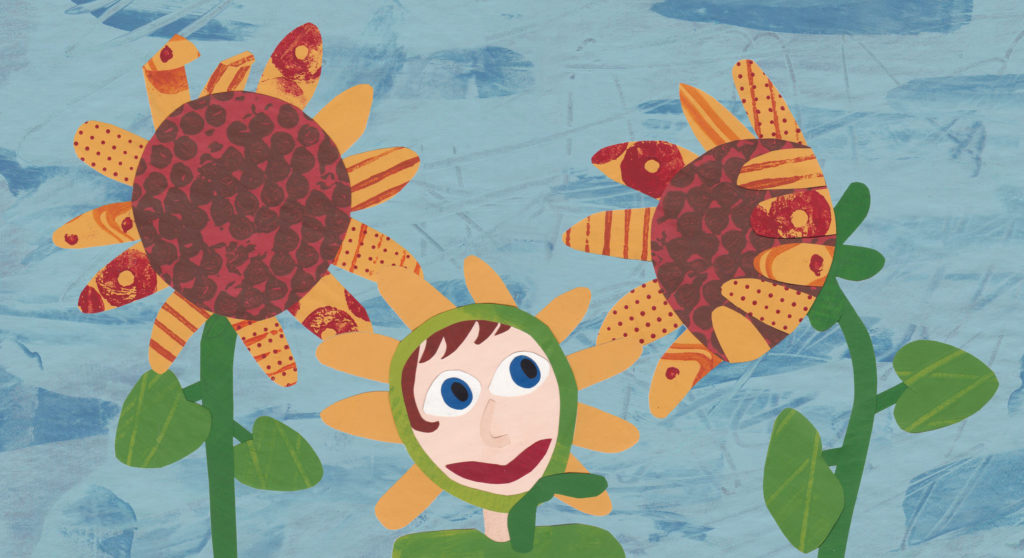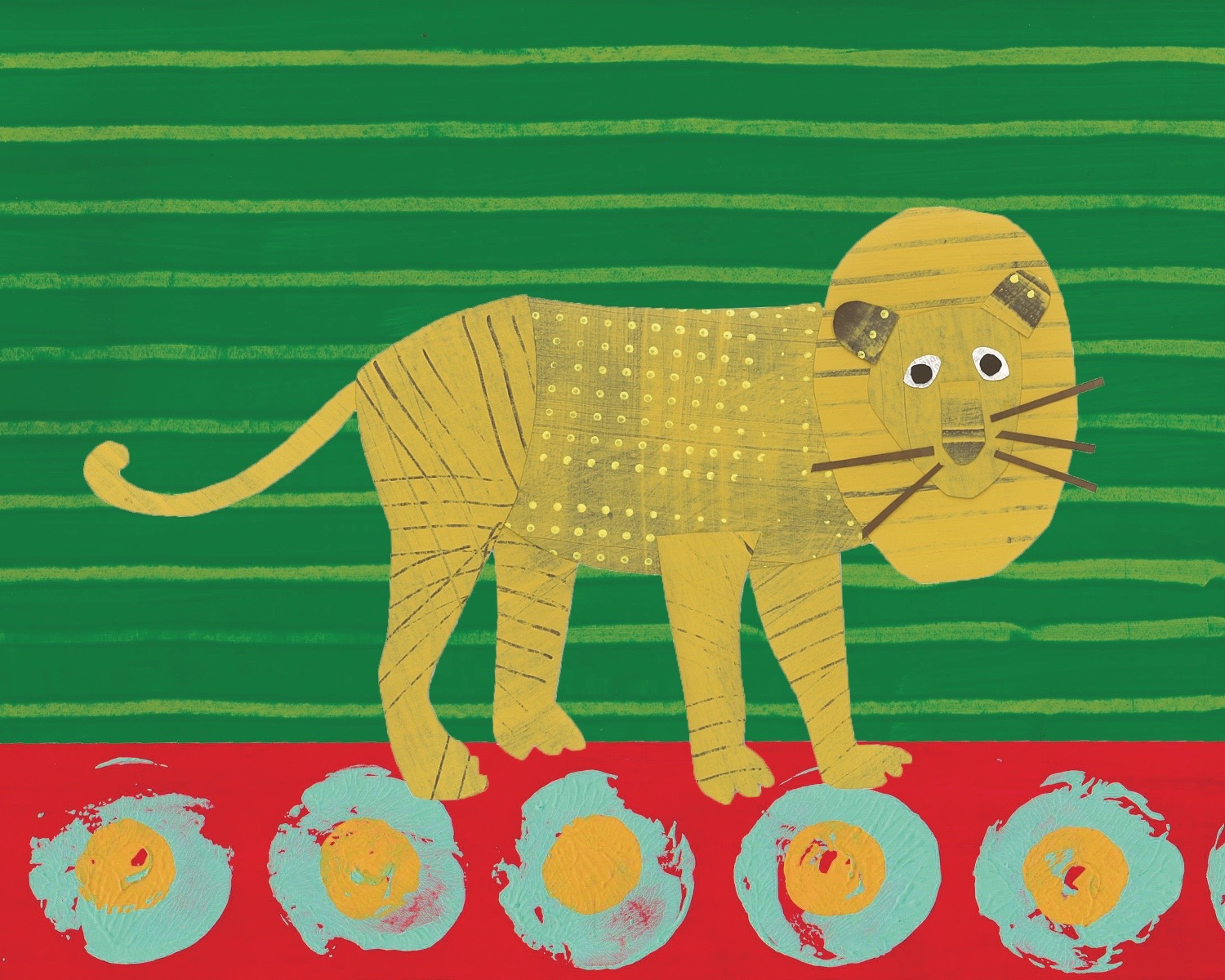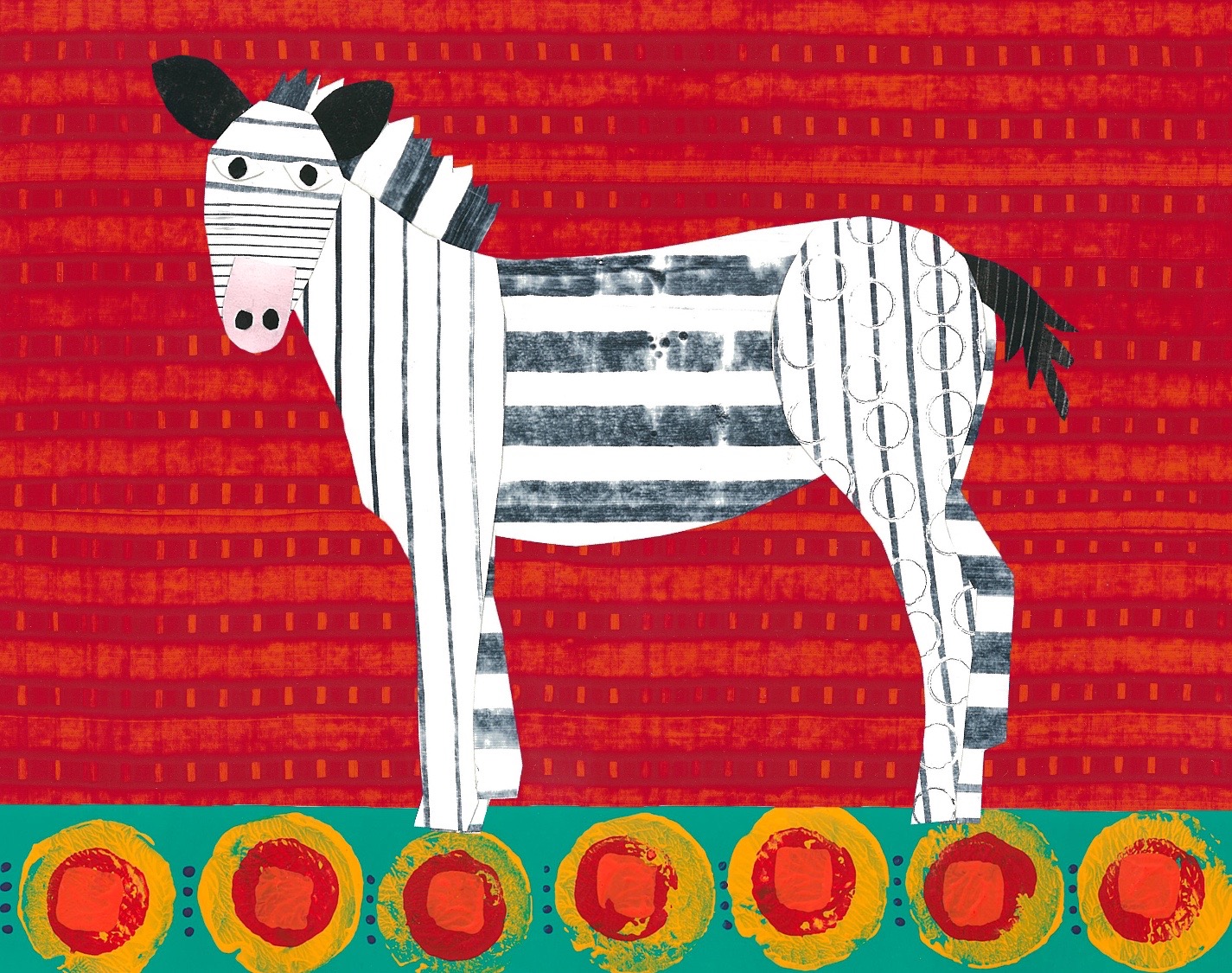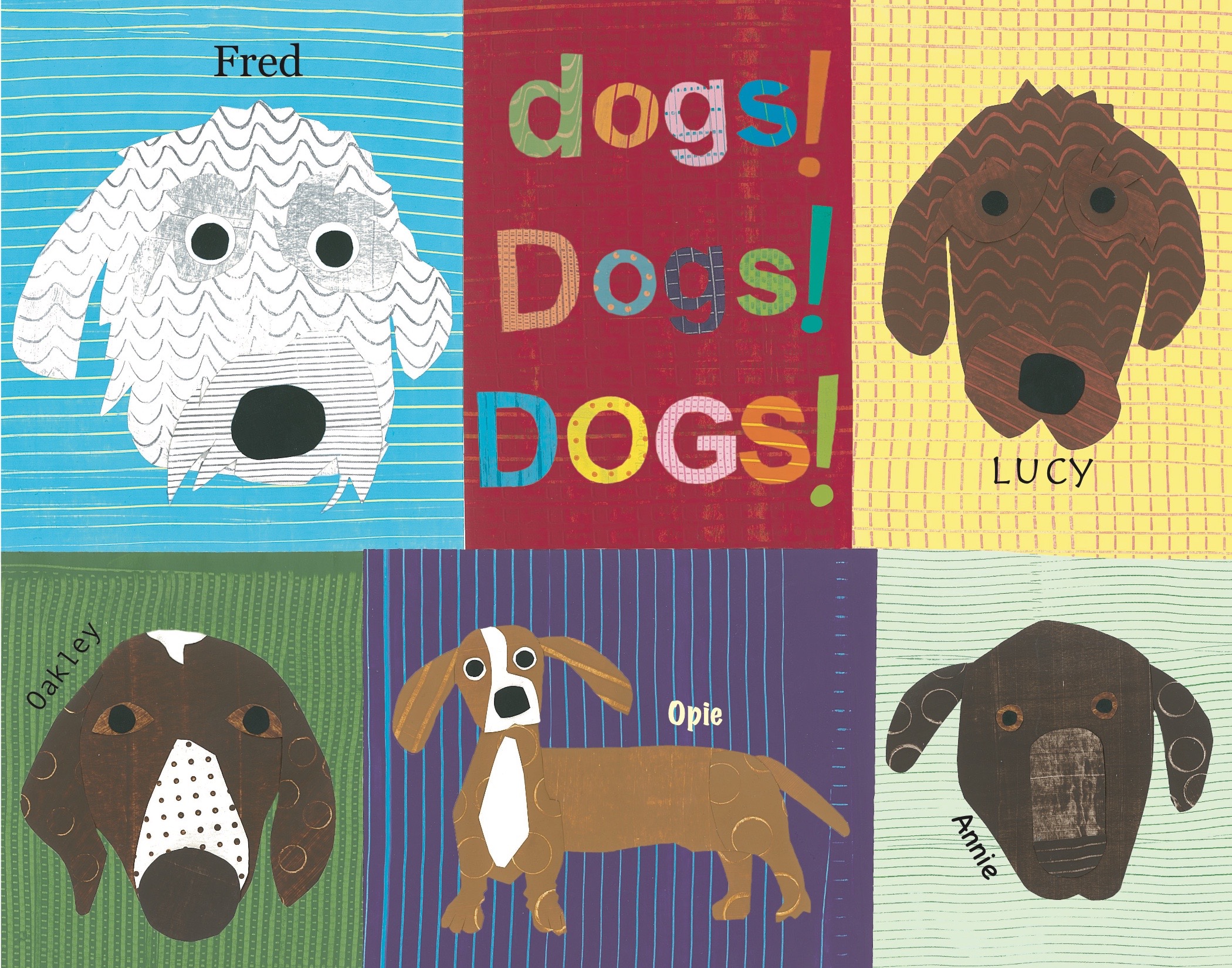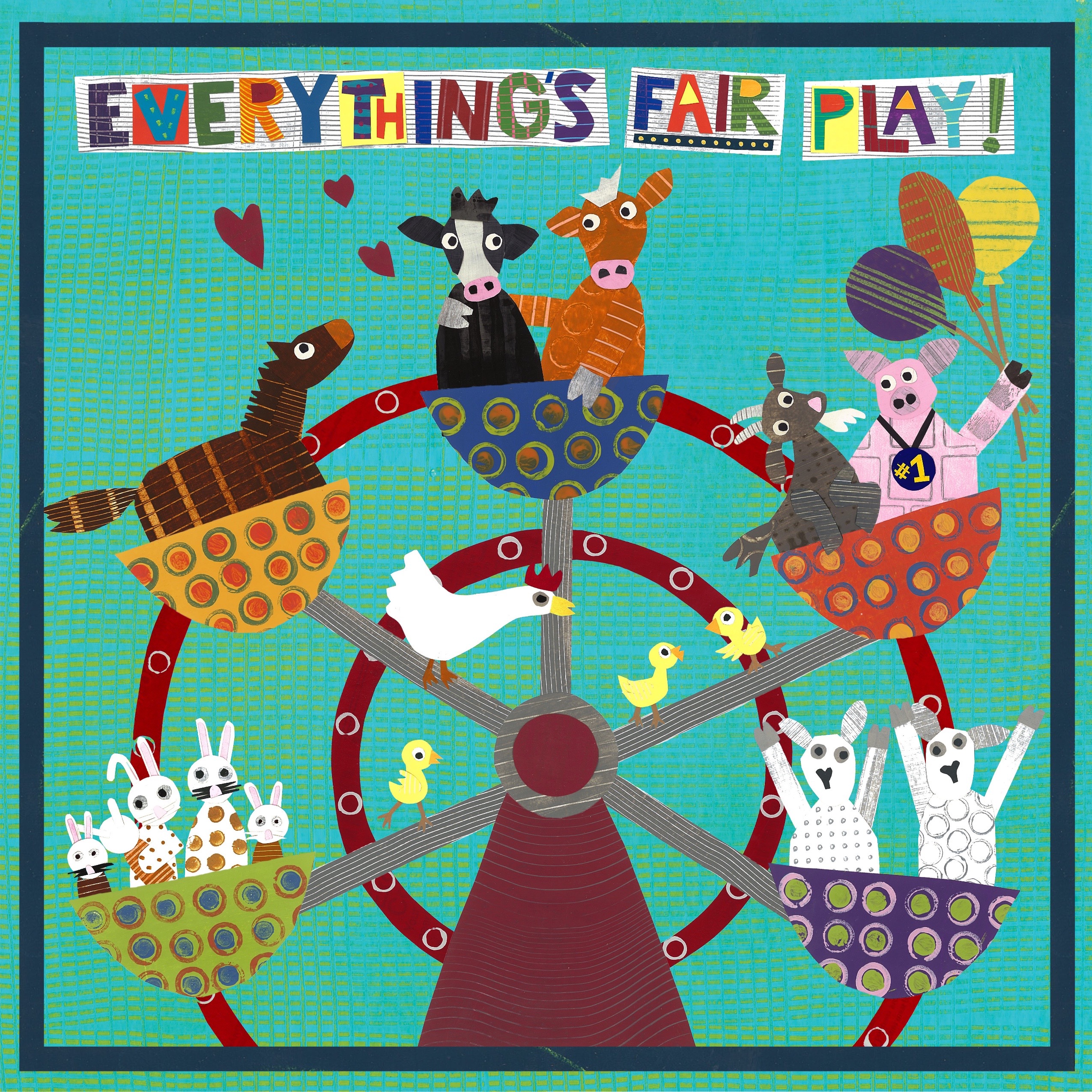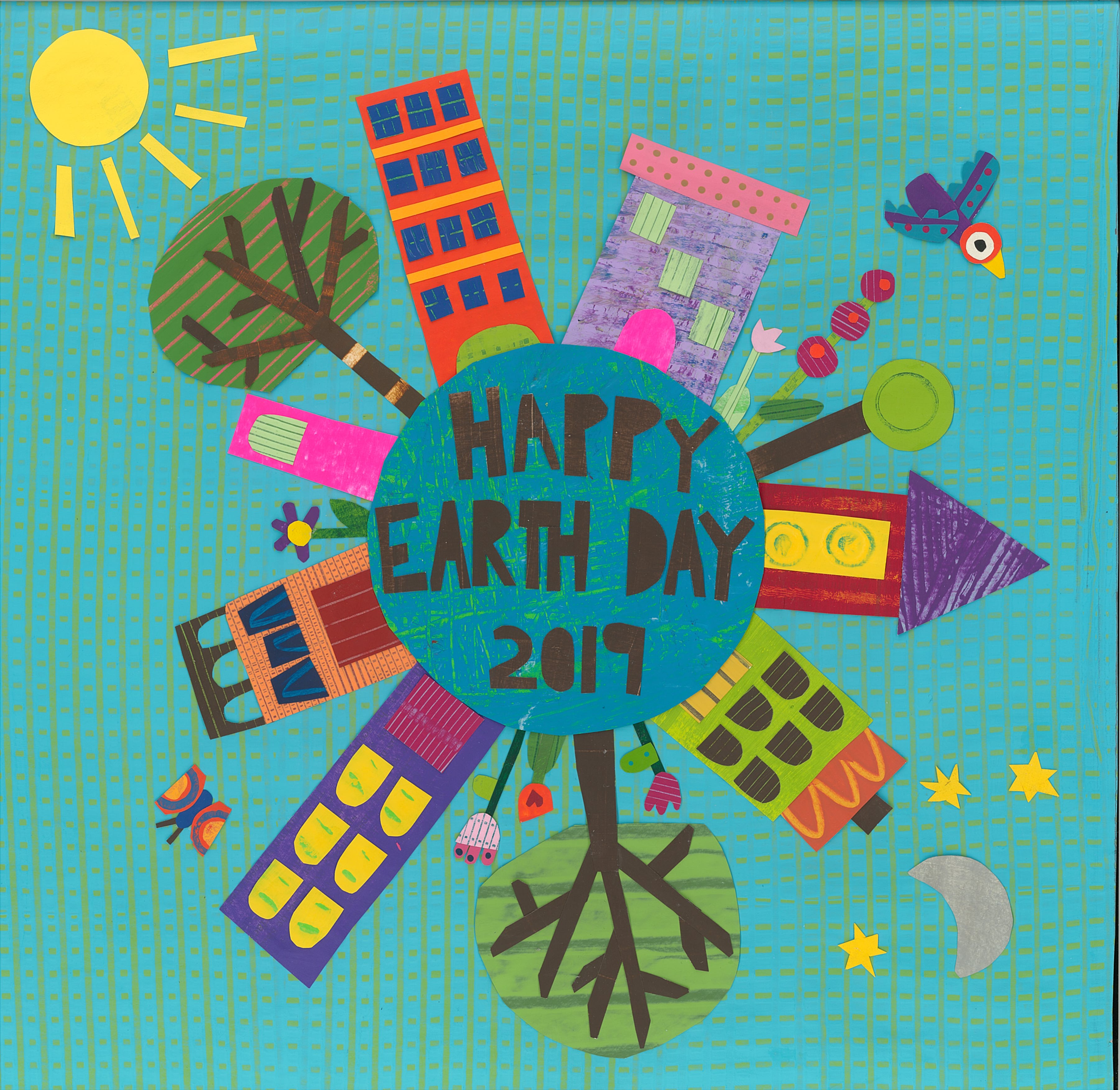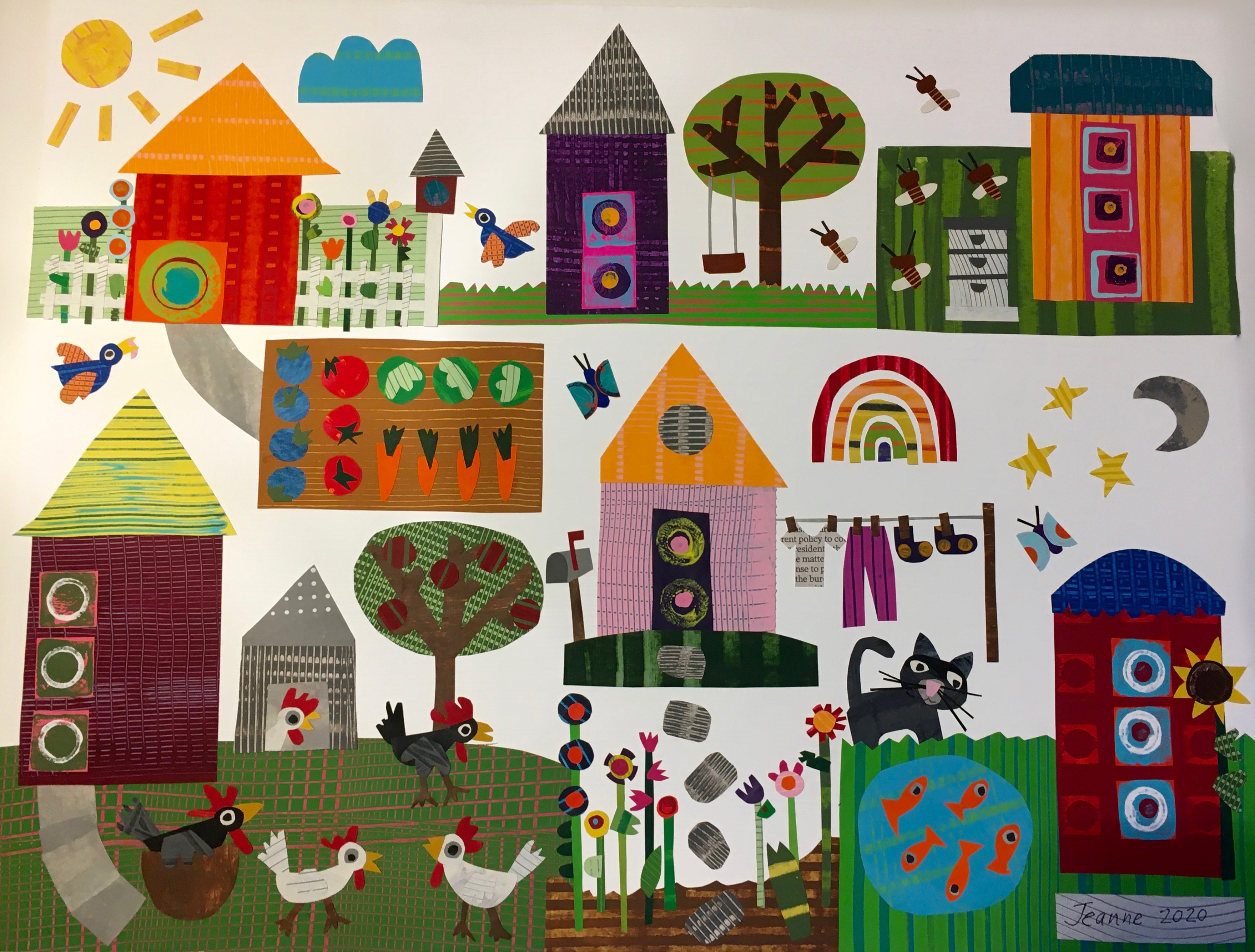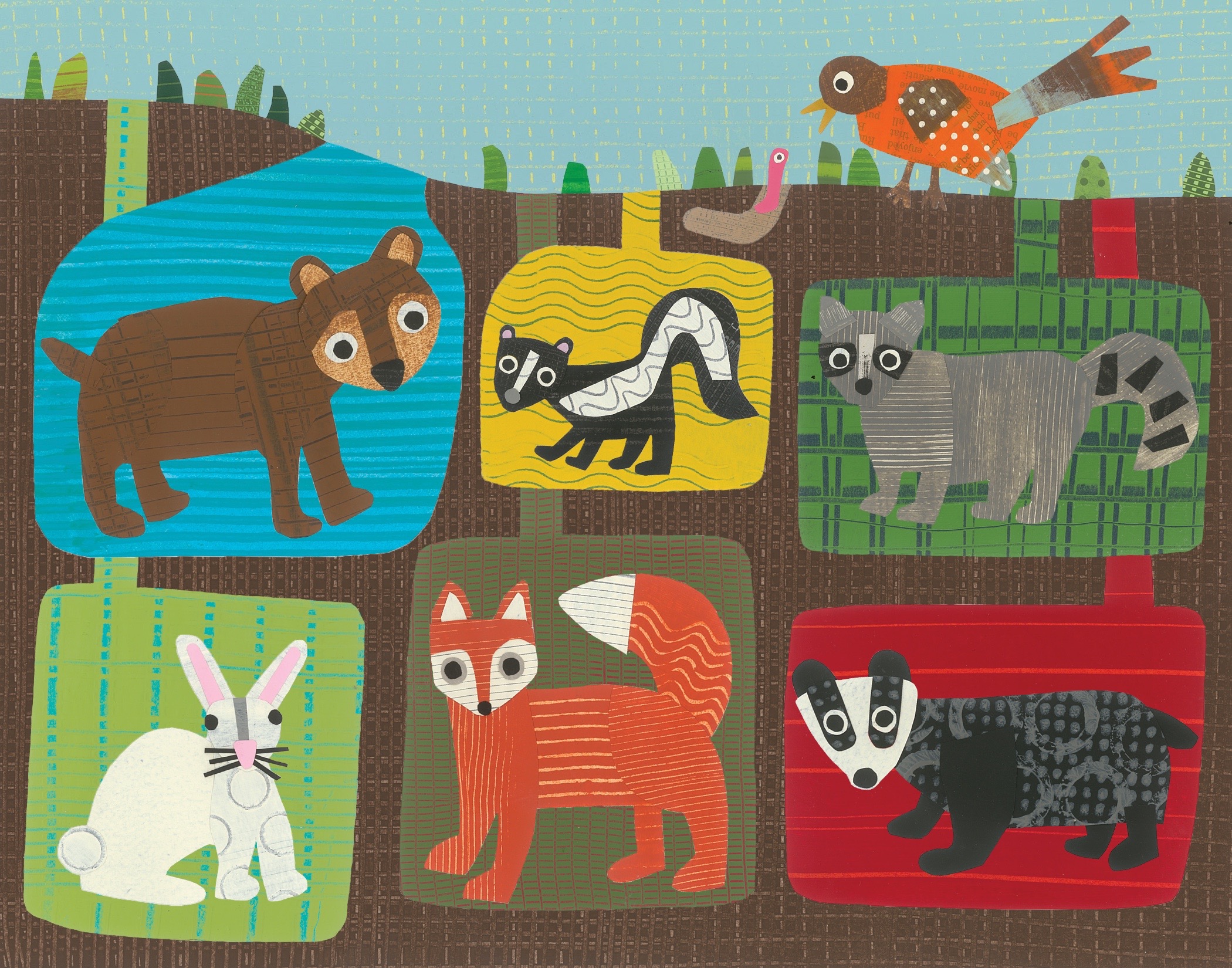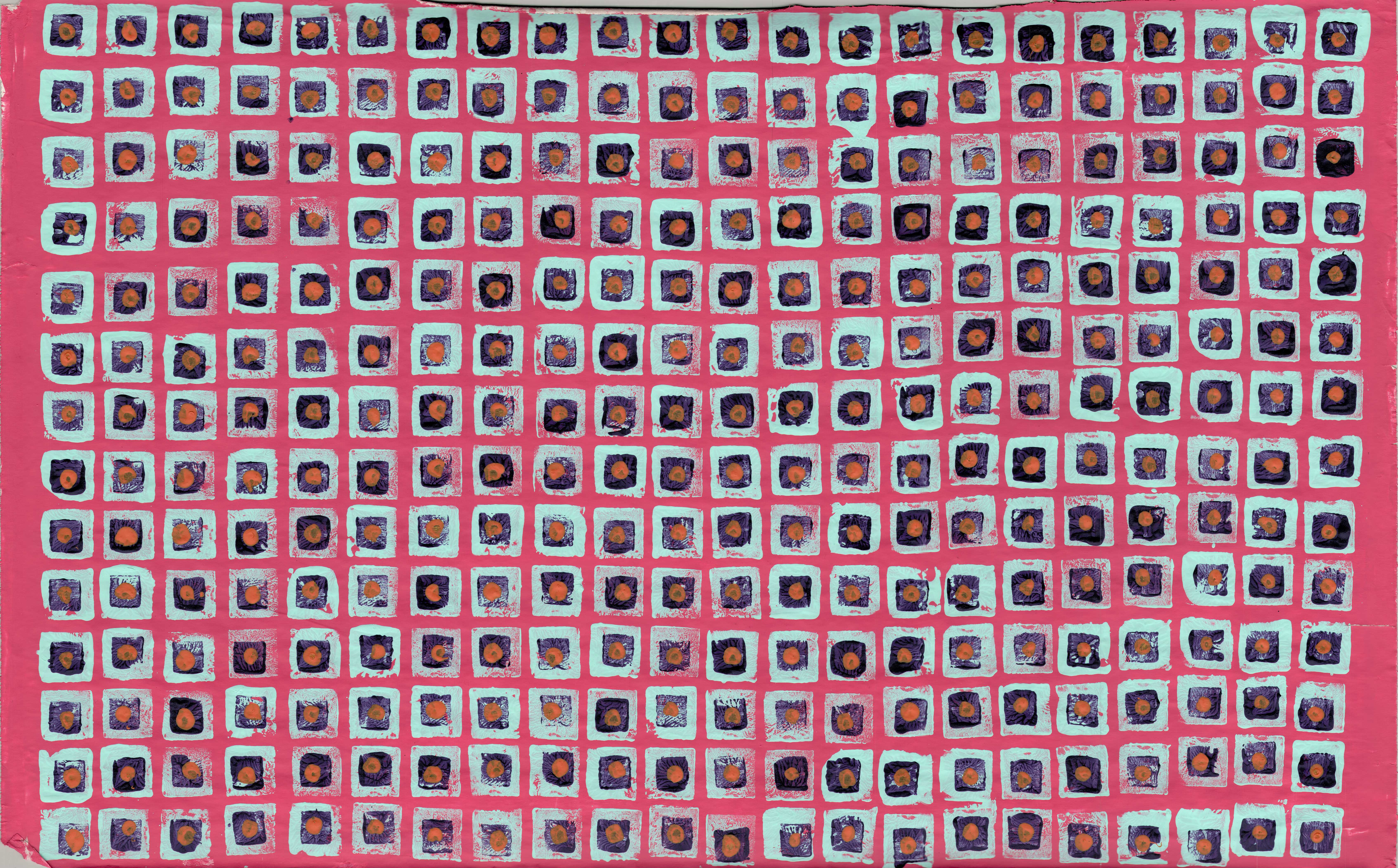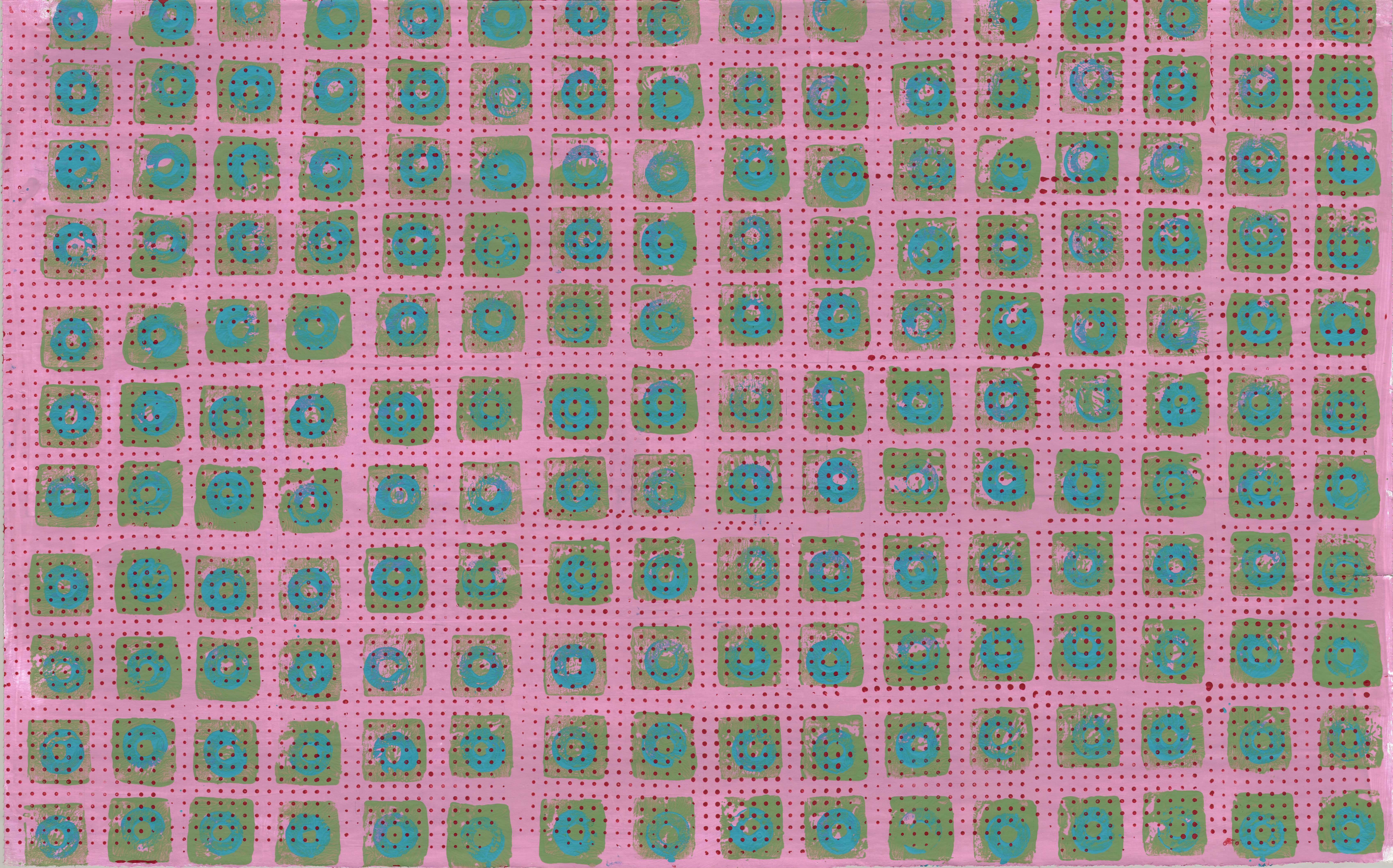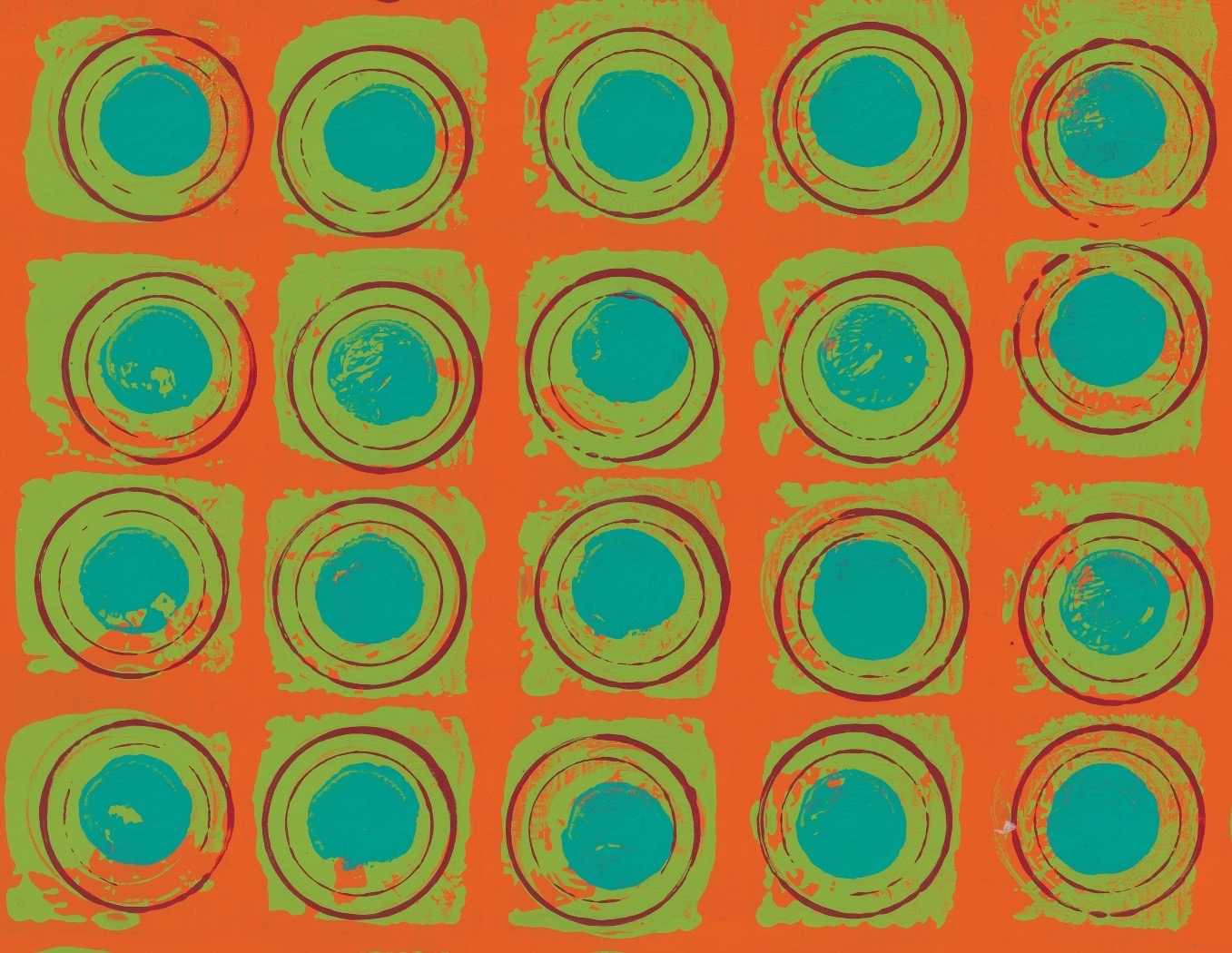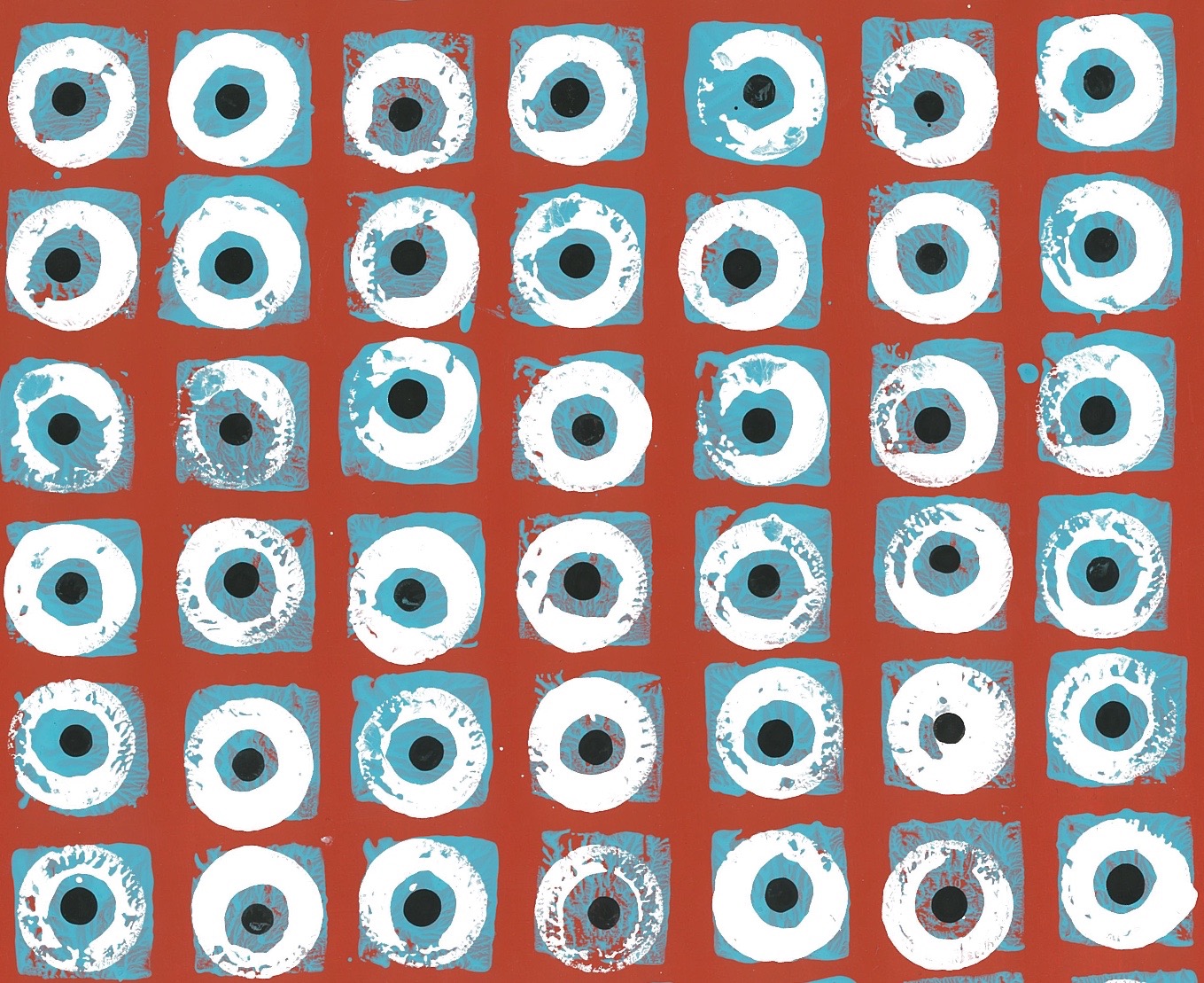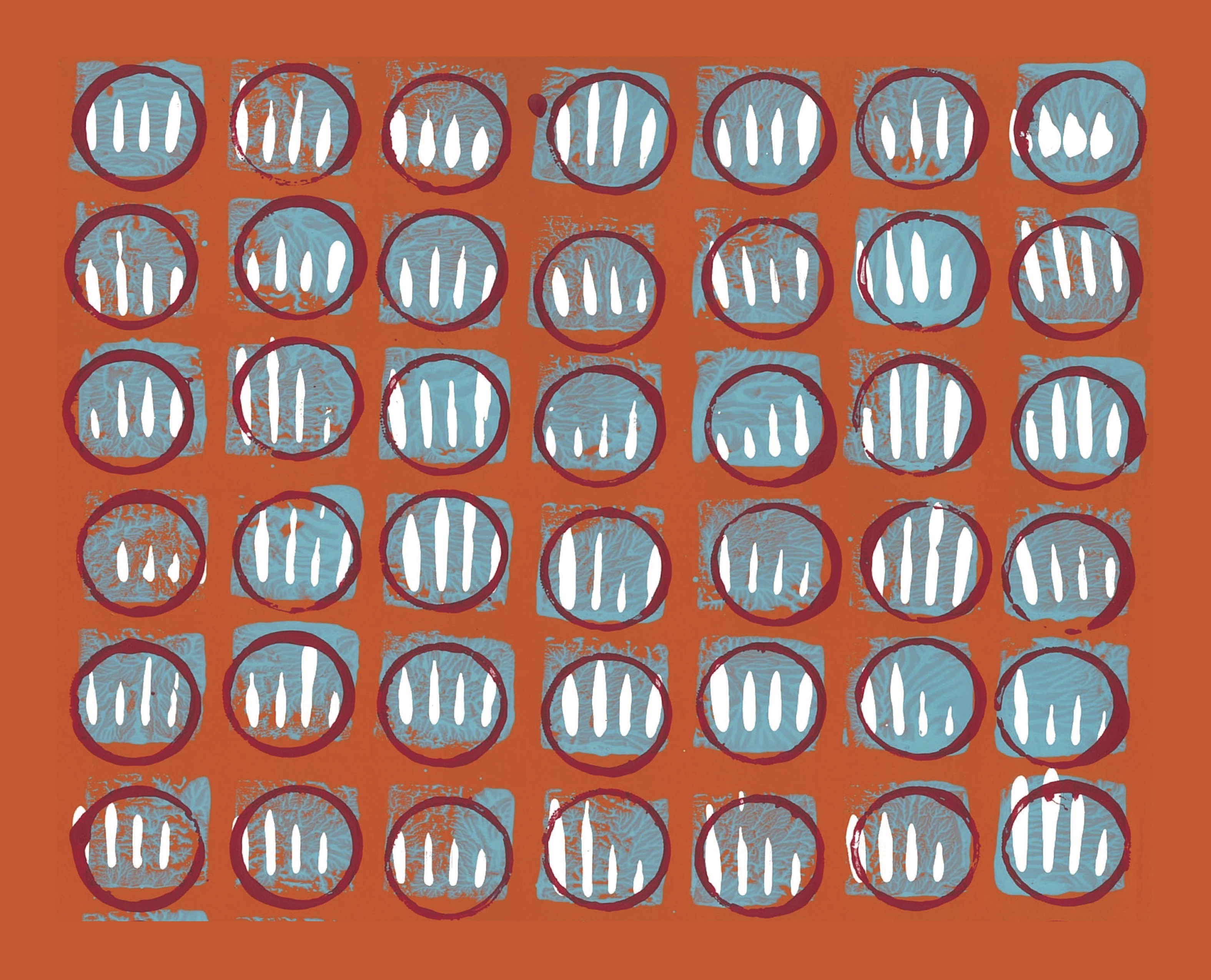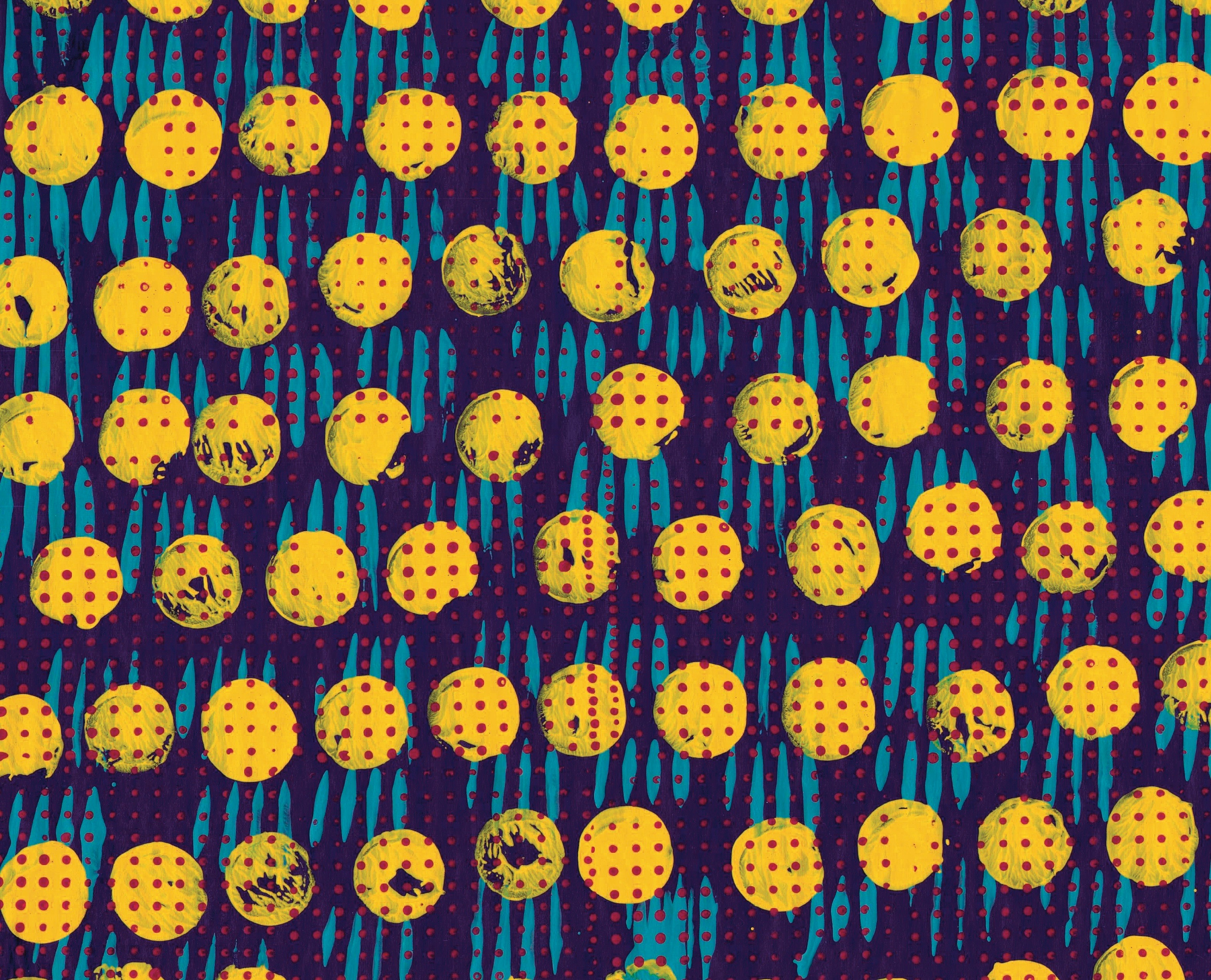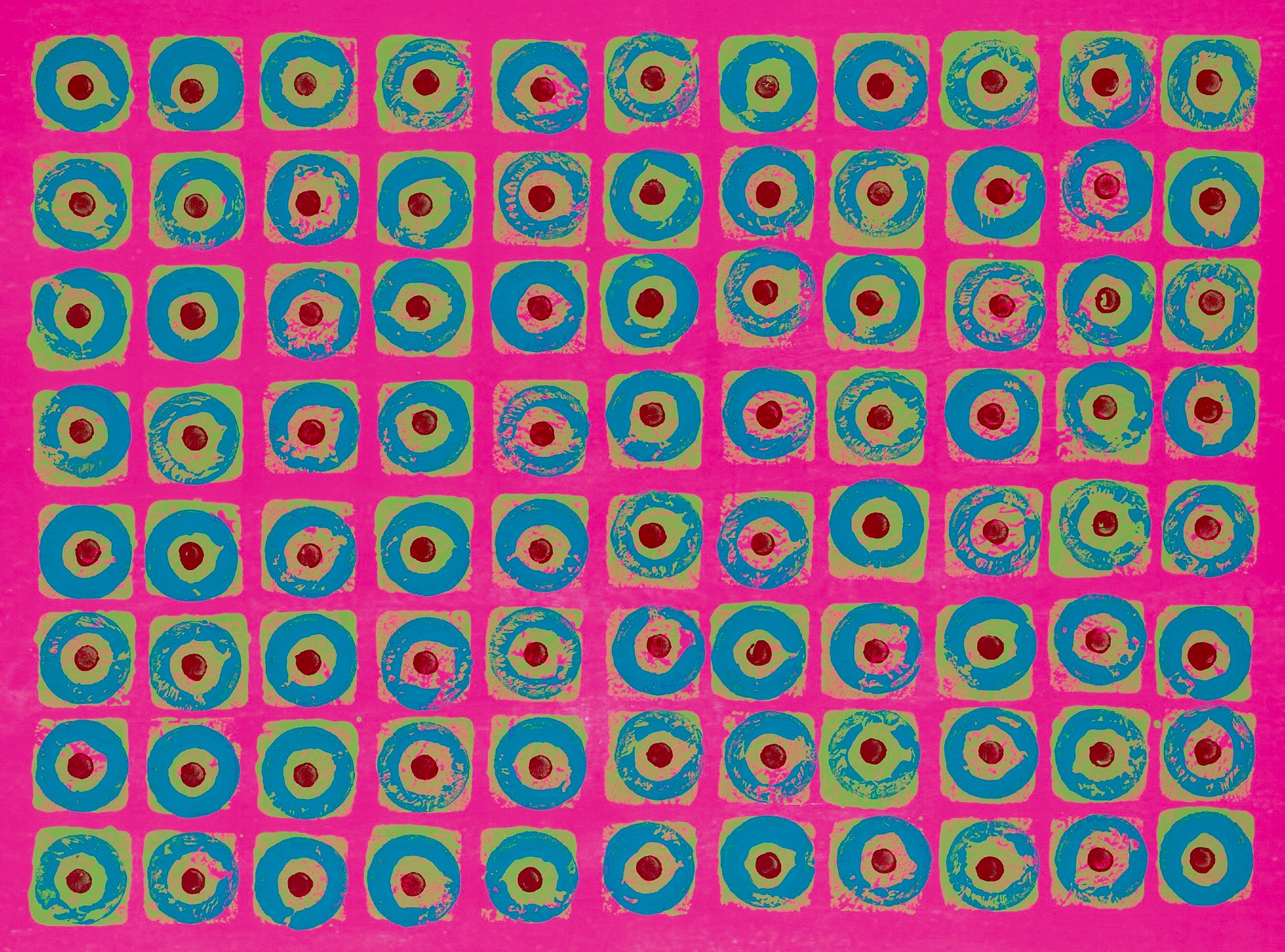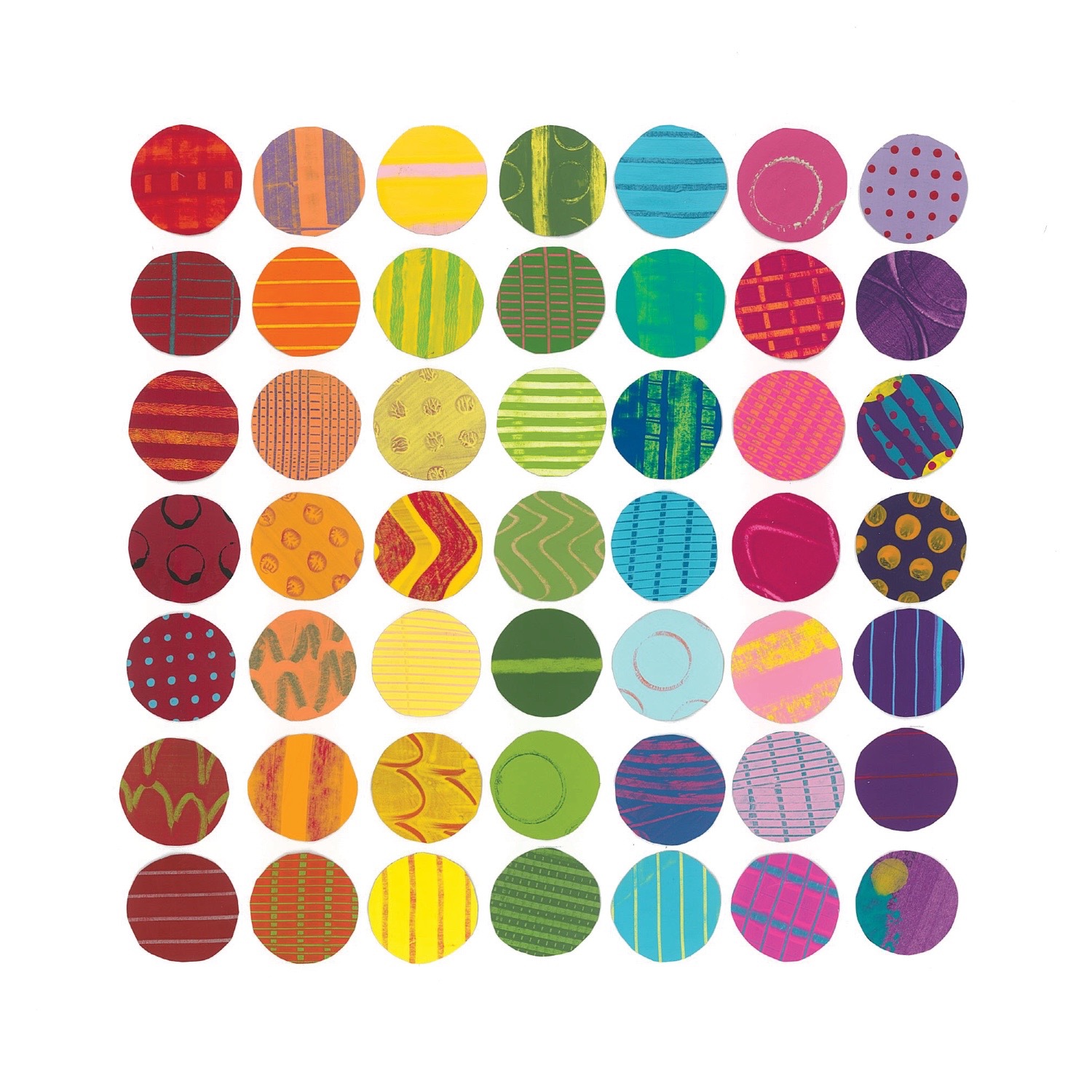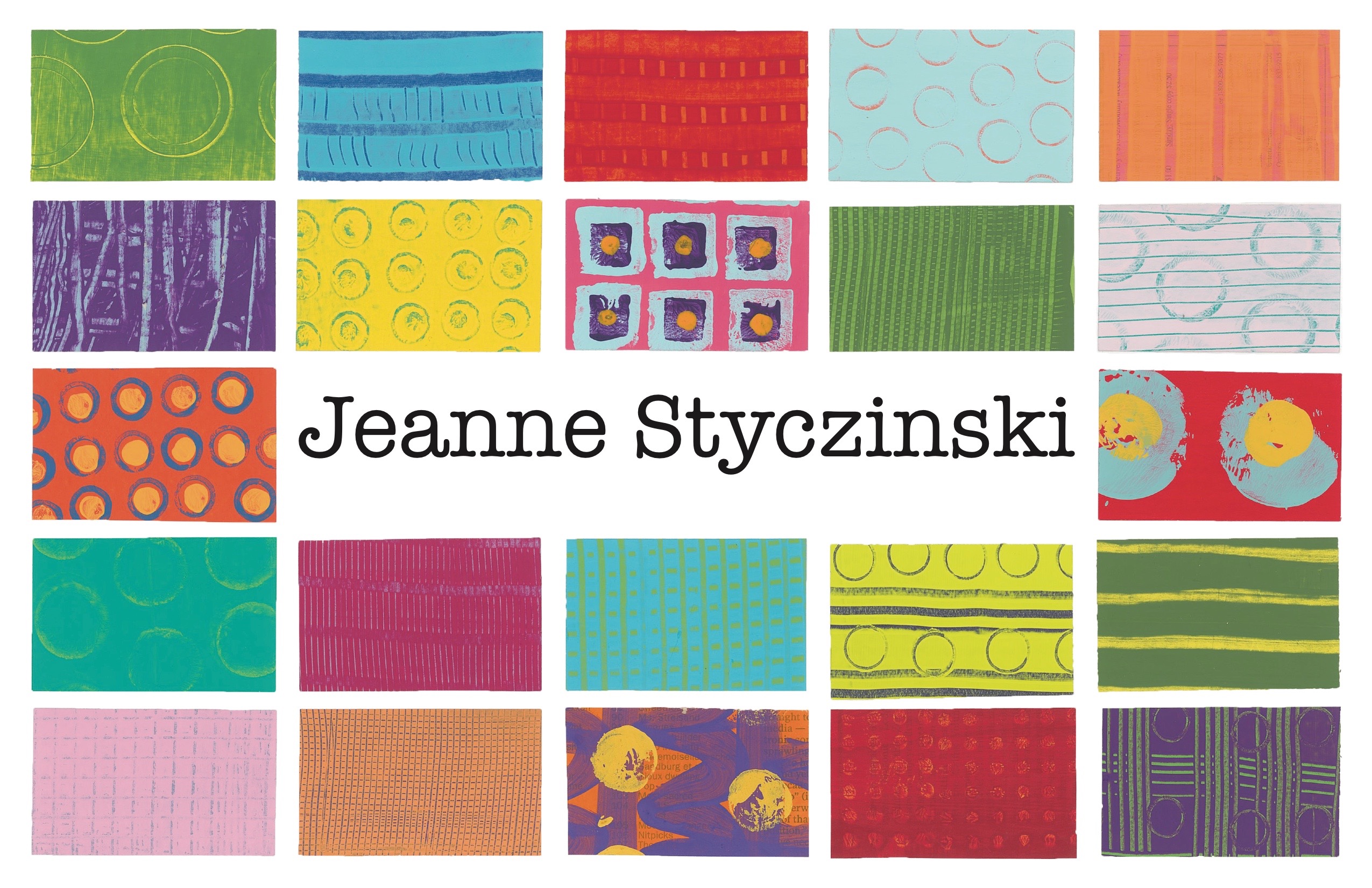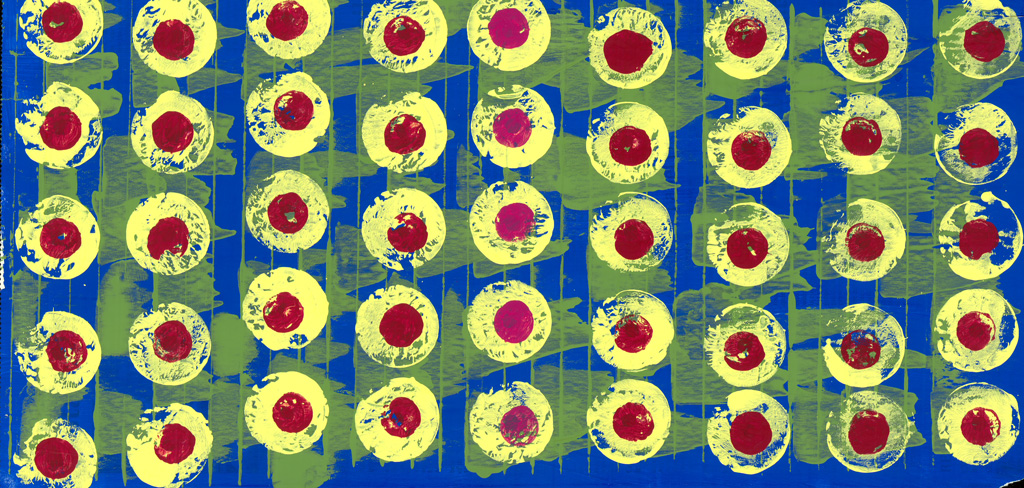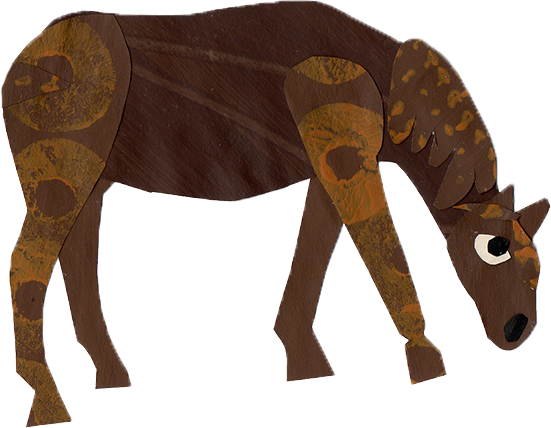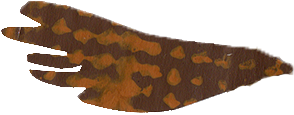
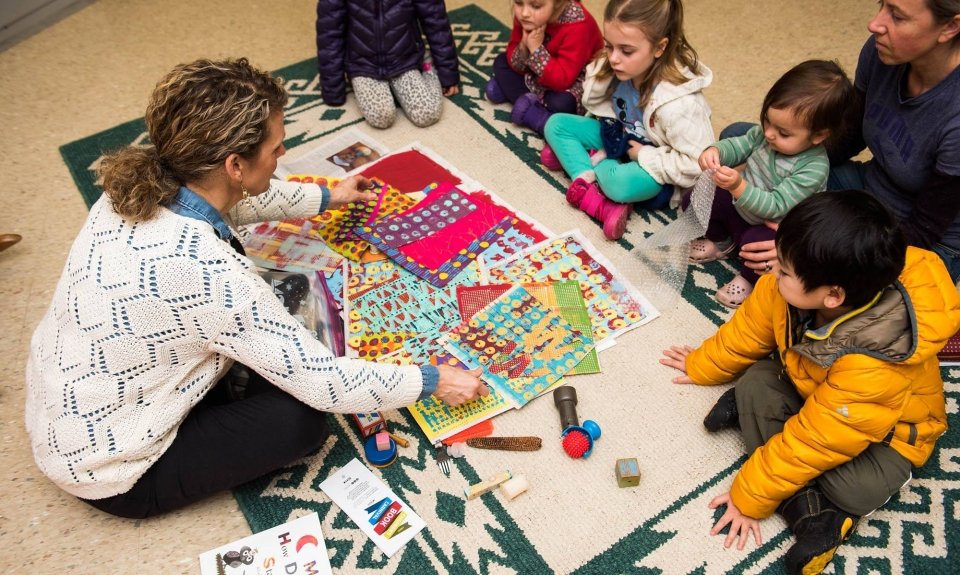
Welcome to Mrs. Jeanne’s Website!
We are so excited that you decided to learn more about Jeanne and her books.
Over the course of many years while Jeanne was teaching kindergarten, she collected ideas for books which she stored in a filing cabinet in her classroom. Finally in 2013, Jeanne decided to establish Jeanne Kay Publishing as a way to pursue her passion for writing and illustrating children’s books.
Fast forward and Jeanne is the proud author and illustrator of Mama, How Does The Wind Start To Blow?, and Papa, Why Does The Sun Shine? both recipients of the Children’s Moonbeam Award and Children’s Literary Classics Seal of Approval.
Jeanne resides in Colfax, Wisconsin with her husband, Gerry, dog, four horses, and two barn cats. Her four children are all grown up and live across the midwest, visiting home often. Jeanne has enjoyed visiting schools and libraries to talk to students about writing and illustrating books. Interested in a visit?
Creative Process
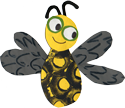
-
Writing
I start my creative process with writing a manuscript, it doesn’t have to be totally finished, but the main ideas and sequence should be there. I write lots of stories, but only take the best ones to the illustration stage. The story has to inspire me enough to spend a whole year working on it.
-
Editing
I proof-read the manuscript and start to gather inspiration for how the story will look. I decide the size of the book and how many pages (most children’s pictures books are 32 pages).
-
Research
I research and study the characters in my story for illustration. For example, on page 8 in my story, “Papa, Why Does the Sun Shine?” the text reads: “Does sun shine so eight caterpillars can eat milkweed so sweet?” So I decided to research Monarch caterpillars. I’m lucky I can easily observe them on my roadside from late August to early September. I watched how they moved, their different sizes, and their various stages of growth.
-
Sketching
I fill a page with sketches which contains variations of my character ideas. In this step I play with perspective, pattern, shape, and size. I repeat this process until all of my character ideas are developed.
-
Dummy Page
I’m ready to draw out a dummy page containing all the ideas from my story. The dummy page reduces the whole story to one page with a series of small double-page spreads. It gives me a chance to see the whole story at once and make any changes before I start to fully illustrate.
-
Paper, Patterns, Paint
Once the dummy page is done I use a collage method to illustrate my books. I upcycle newspaper and paint it with brightly colored acrylic paint. Sometimes I let the words from the newspaper show through to tell its own story. Using everyday objects, I print patterns and textures giving my paper a unique look. I then cut my characters and scene from the painted paper.

-
Storyboards
I make a storyboard for each double-page spread from my book. I lay out the characters and scenes from the painted paper on the storyboard. At this time I also print out the text and fine tune its placement. This process helps me find a good balance between the text and the illustrations.
-
Digitize
Once a page is done and I’m happy with it I take a picture for reference and mail the pieces and the picture off to a graphic designer. The graphic designer scans in all of my pieces and recreates each page in a program called InDesign. Once the book has been digitally formatted I make final adjustments before sending it off to print.
